Your kitchen scraps aren’t just waste—they’re the secret ingredient to a thriving, sustainable garden. With a little effort, the peels, ends, and seeds you usually toss can become compost, regrow into fresh veggies, or provide seeds for next season. Here’s how to make your kitchen scraps work harder for your garden.
1. Composting: Transform Scraps into Nutrient-Rich Soil
Composting is like magic—nature’s own recycling system. Fruit and vegetable peels, coffee grounds, eggshells, and even shredded paper can break down into rich, dark soil. Compost improves soil structure, retains moisture, and provides essential nutrients for your plants.
Getting Started:
- Choose a spot: A backyard bin, pile, or even a worm composting system indoors works.
- Balance greens and browns: Greens are nitrogen-rich scraps like veggie peels and coffee grounds. Browns are carbon-rich materials like dry leaves, shredded paper, or cardboard. A rough 2:1 ratio of greens to browns keeps your compost healthy.
- Aerate: Turn or stir your pile every few weeks to introduce oxygen, which speeds up decomposition and prevents odors.
- Avoid problem items: Meat, dairy, oily foods, and pet waste can attract pests and should be left out.
Bonus tip: Coffee grounds are not only great for compost—they also help acid-loving plants like tomatoes, blueberries, and roses thrive.
2. Regrow Vegetables from Scraps
Some veggies are so resilient, they’ll grow again from scraps with just water and sunlight. This is not only fun, but it also keeps your kitchen stocked with fresh produce.
Easy Veggies to Regrow:
- Green onions: Place the white roots in a glass of water. Within a few days, new shoots appear. Snip what you need and let them keep growing.
- Lettuce & Celery: Place the base of the stalk in shallow water. Fresh leaves sprout in about a week.
- Carrot tops: Float carrot tops in a dish of water and watch leafy greens flourish, perfect for salads or garnishes.
- Garlic & Shallots: Plant individual cloves in soil. You’ll get full bulbs in a few months.
- Bok choy & Fennel: Similar to lettuce, just cut the base and place it in water to regrow.
Pro tip: Use small containers near a sunny window and change water every few days to prevent mold or rot.
3. Saving Seeds for Next Season
Instead of buying seeds every year, save seeds from your healthiest fruits and vegetables. This not only saves money but helps you cultivate plants adapted to your climate and soil.
Simple Seed-Saving Tips:
- Choose healthy plants: Only collect seeds from robust, disease-free specimens.
- Clean and dry: Rinse seeds to remove fruit flesh and dry completely before storage.
- Label and store: Use envelopes, jars, or small containers and keep them in a cool, dry, dark spot.
- Longevity: Most seeds last 1–5 years, depending on the plant, but labeling with the date ensures you know when they were saved.
4. Combine Techniques for Maximum Impact
The beauty of turning scraps into garden gold is that these methods complement each other. Compost nourishes your soil, scraps regrow into new veggies, and saved seeds ensure a continuous supply of fresh plants year after year. Together, these practices reduce waste, save money, and give your garden a sustainable boost.
Extra Ideas:
- Scrap jar: Keep a dedicated container for compostable scraps near your sink—it makes composting effortless.
- Mini herb regrowth station: Use jars to regrow green onions, celery, and lettuce. Even a kitchen windowsill can become a mini garden.
- Seed library: Over time, you can build your own “seed library” of tried-and-true favorites, ready for planting every season.
Turning kitchen scraps into garden gold isn’t just about gardening—it’s about embracing sustainability, reducing waste, and reconnecting with the food you eat. Start small, enjoy the process, and watch your scraps transform into a flourishing garden full of life and flavor.

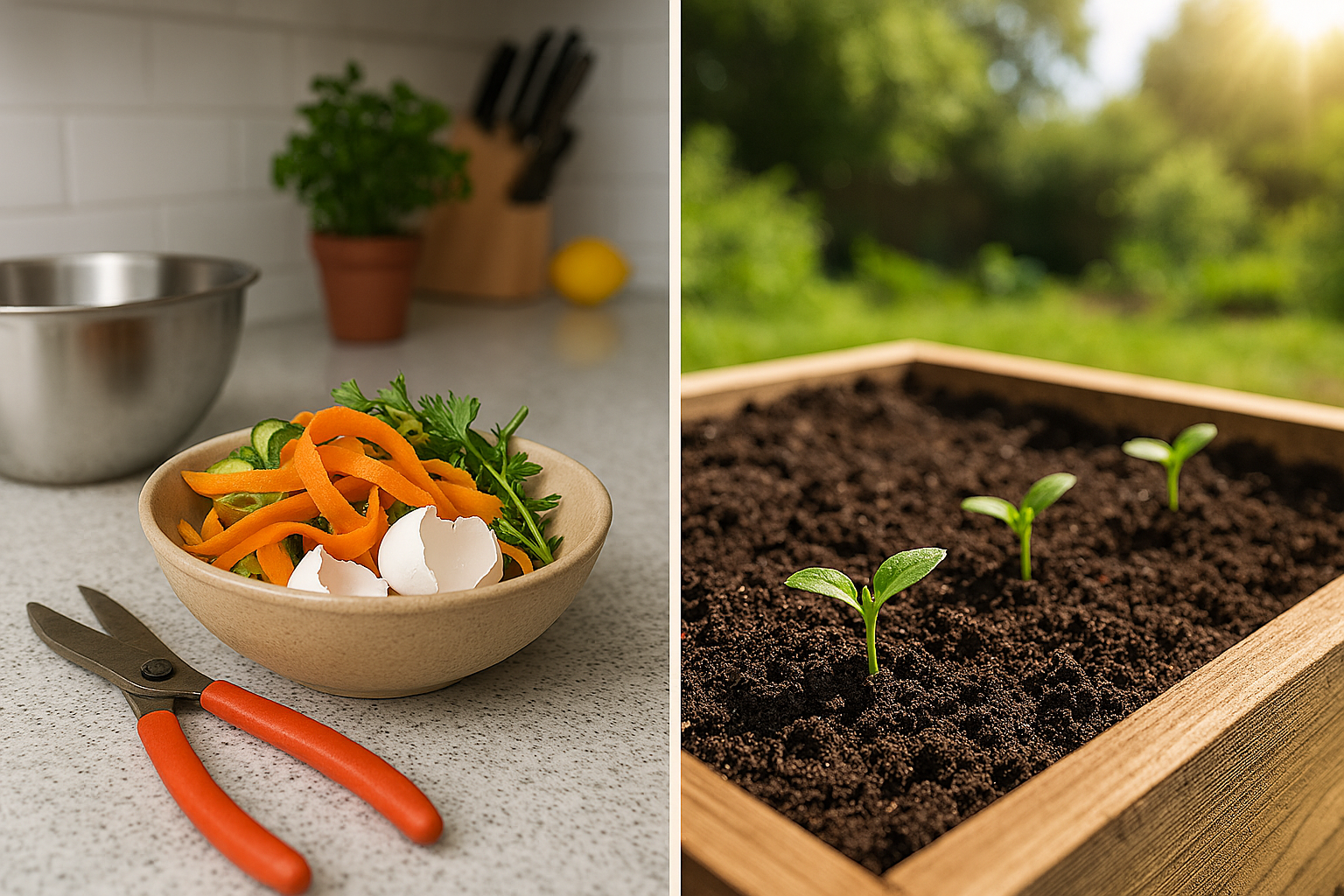
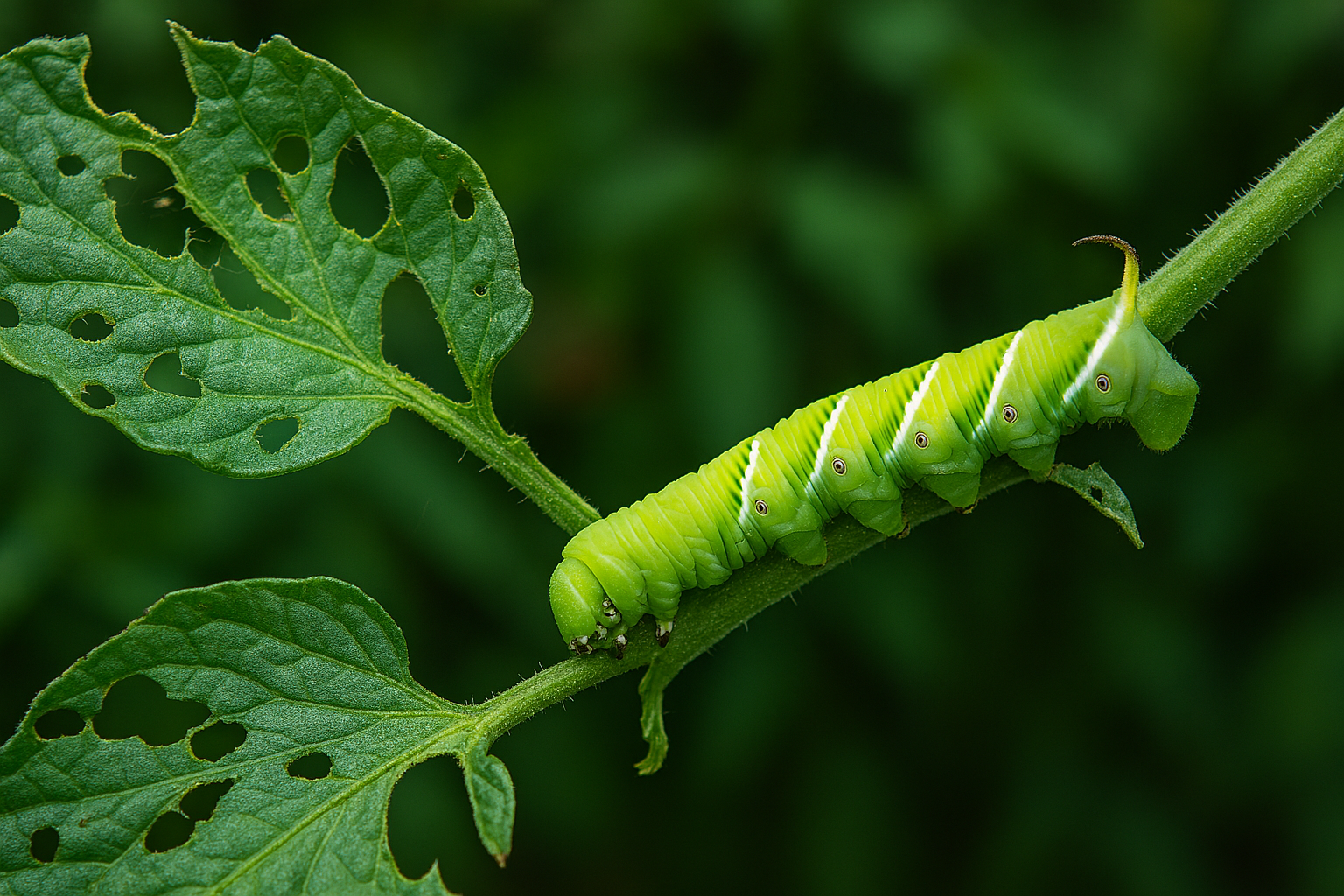
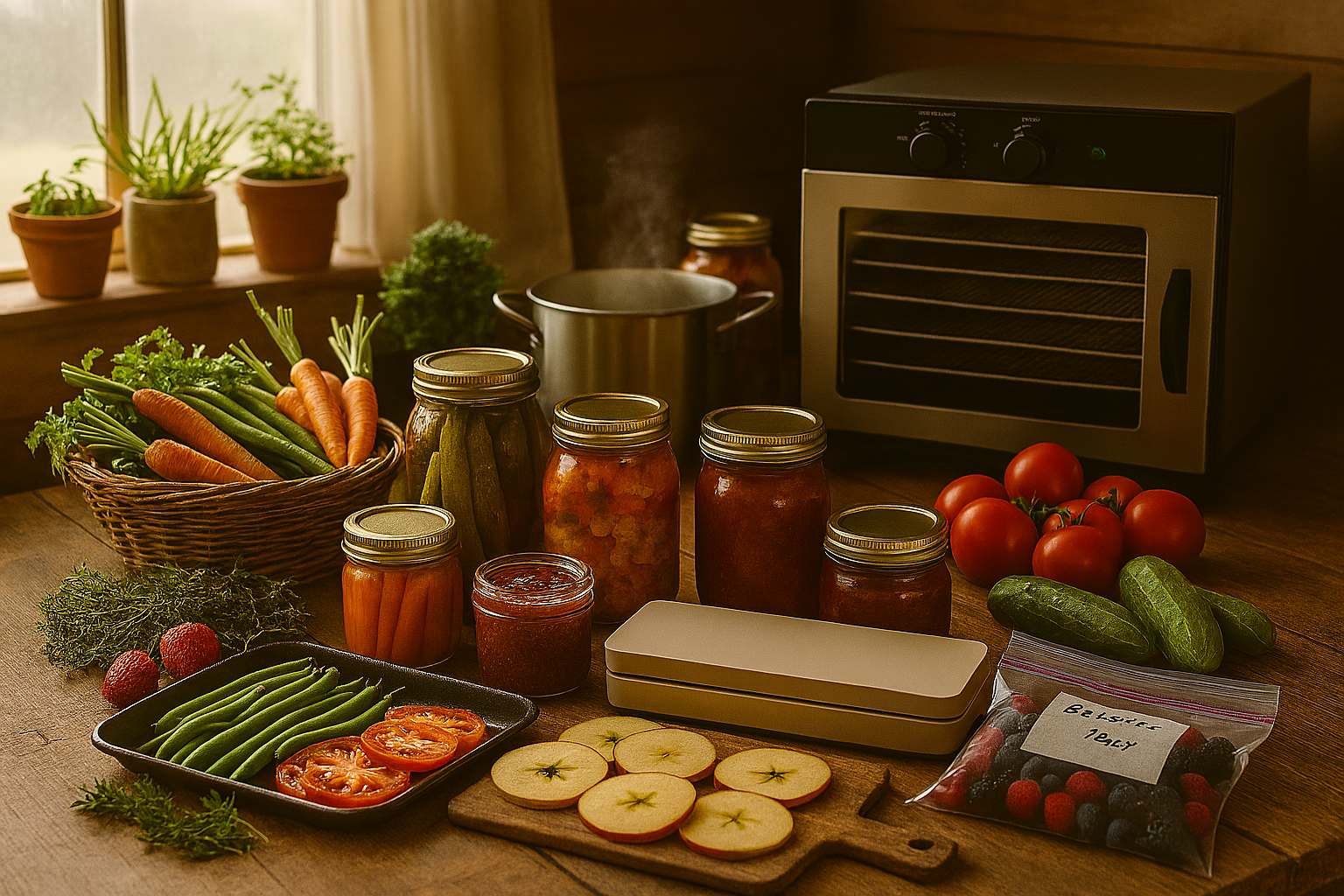
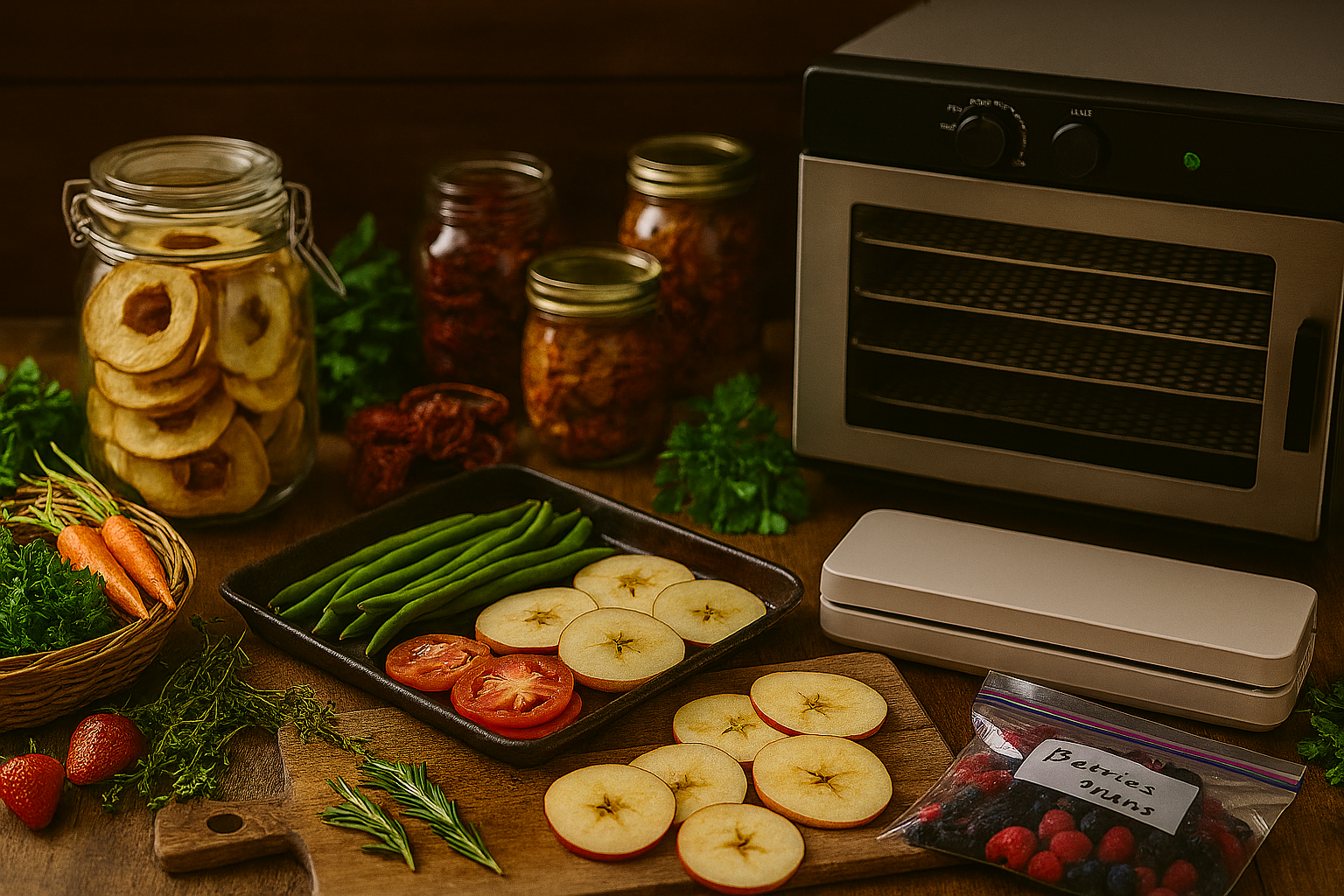
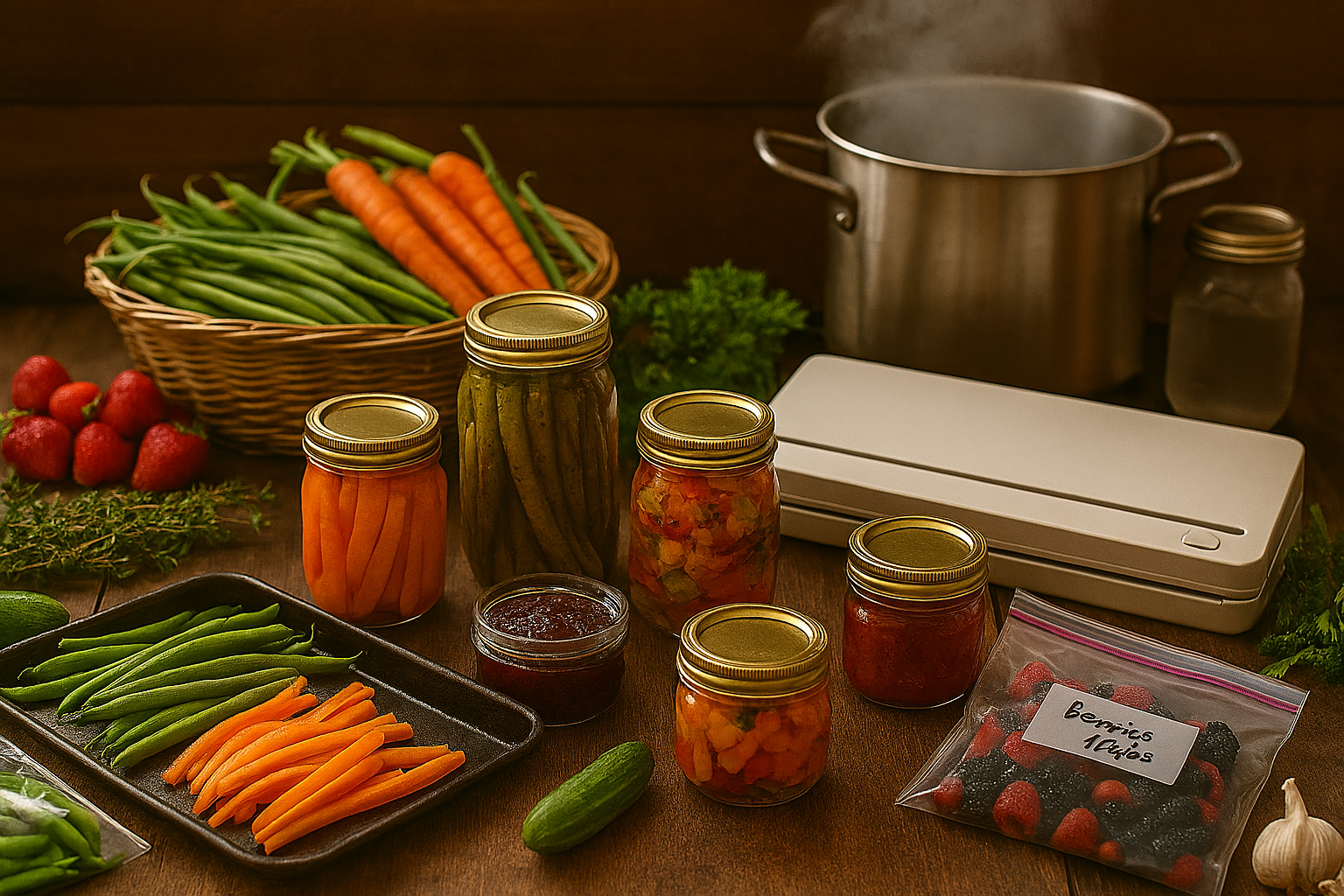
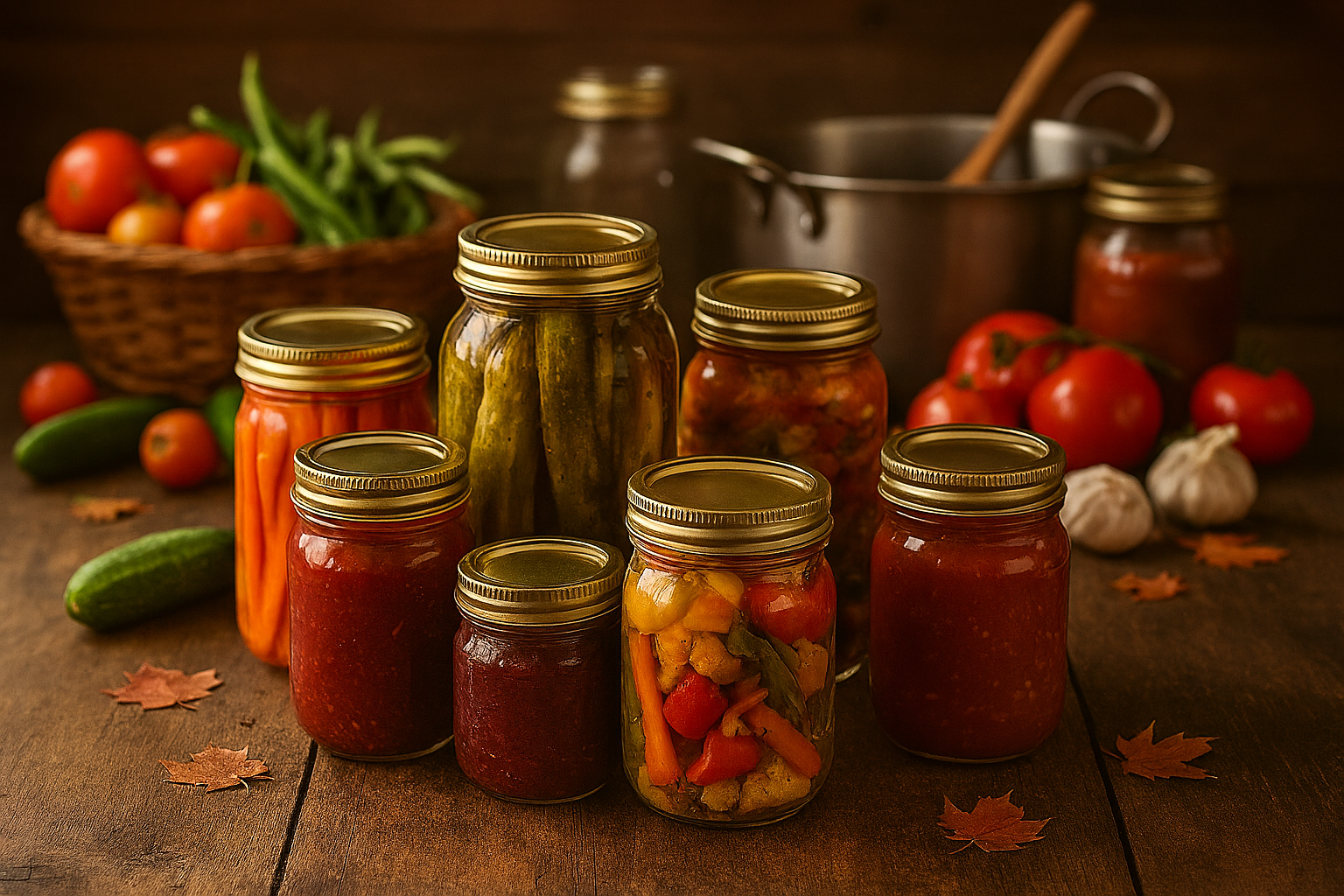
Leave a Reply